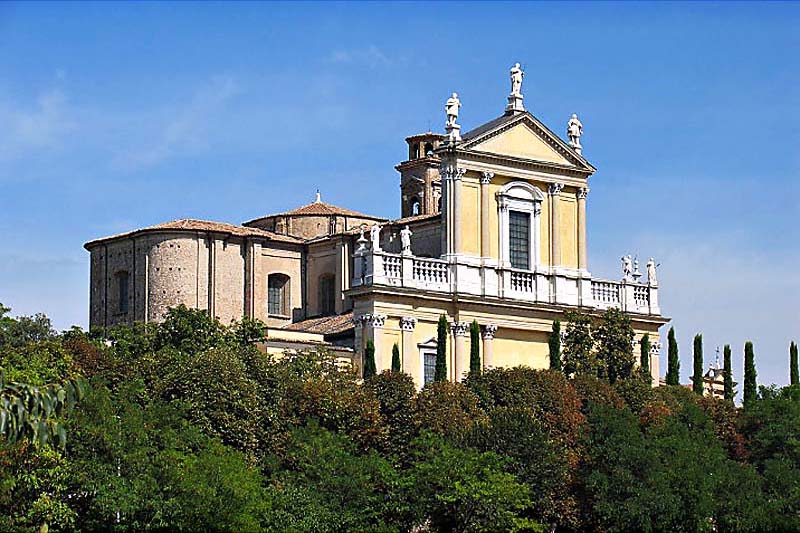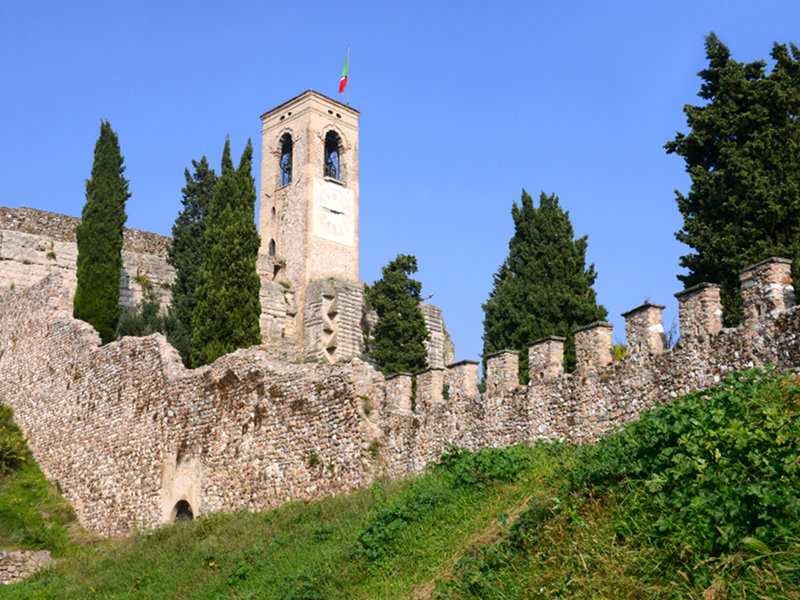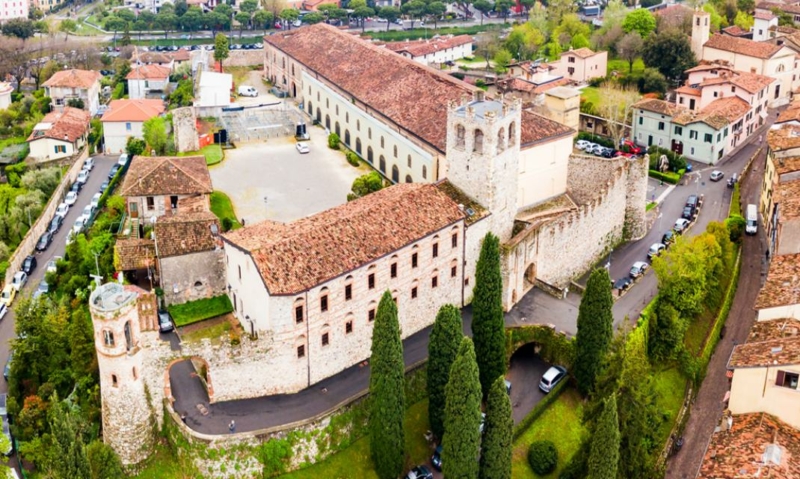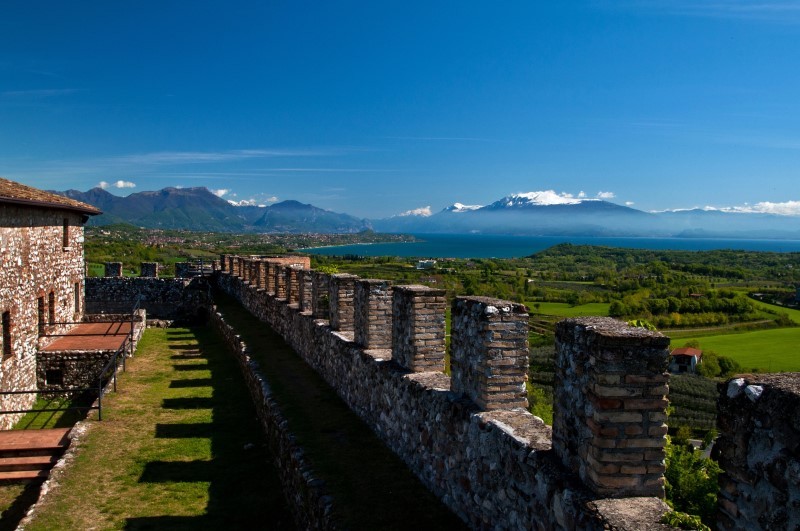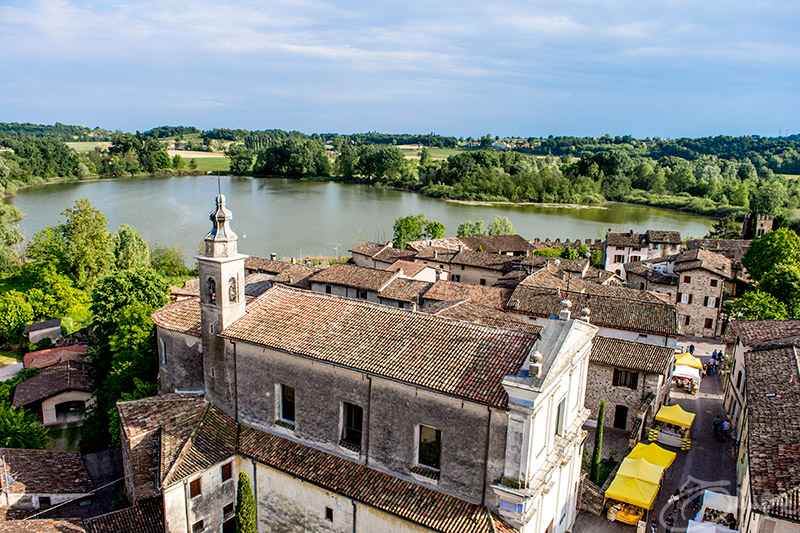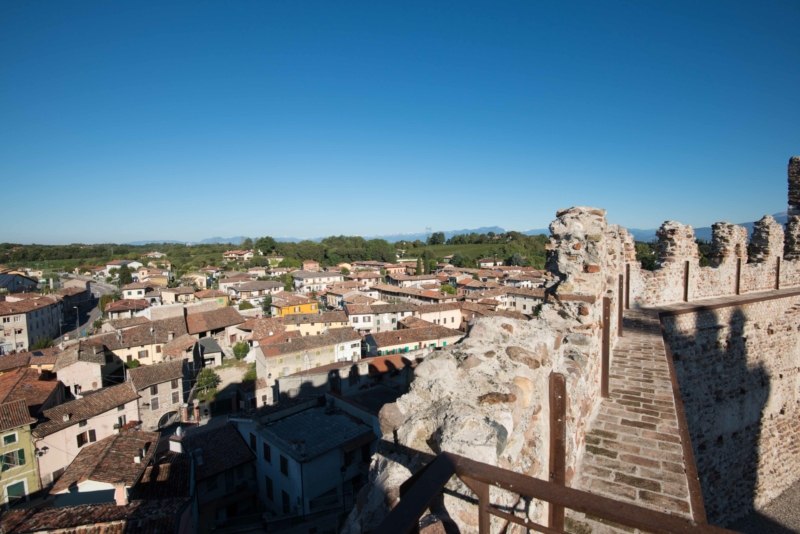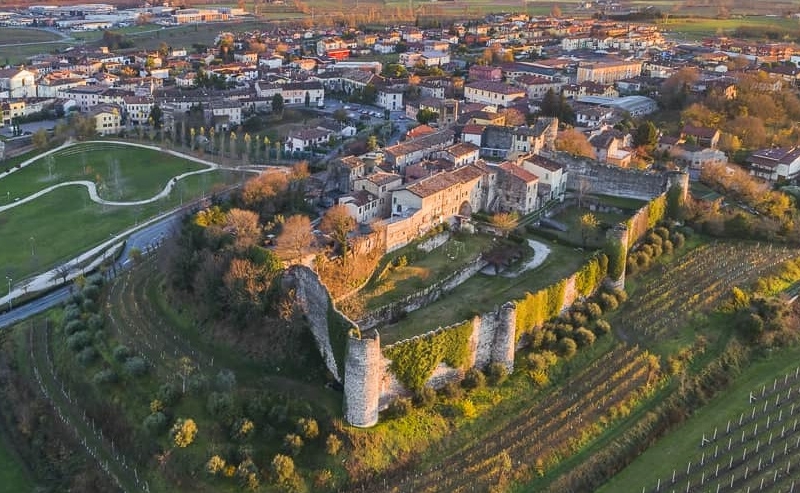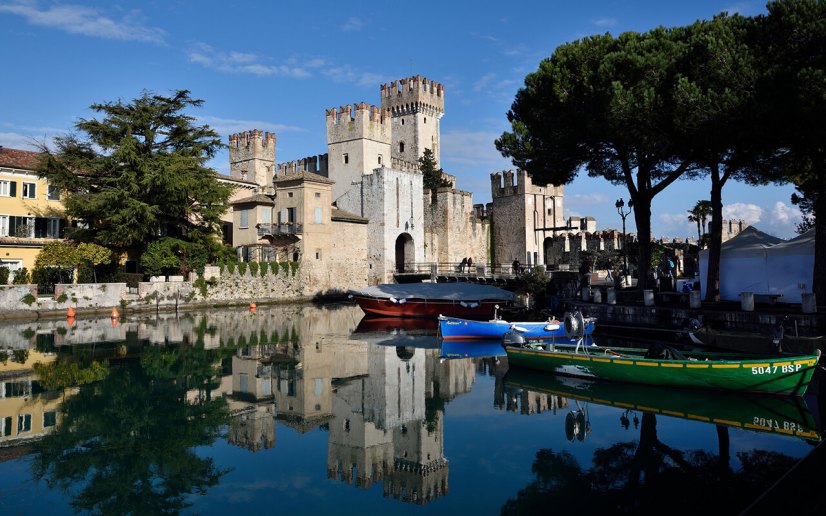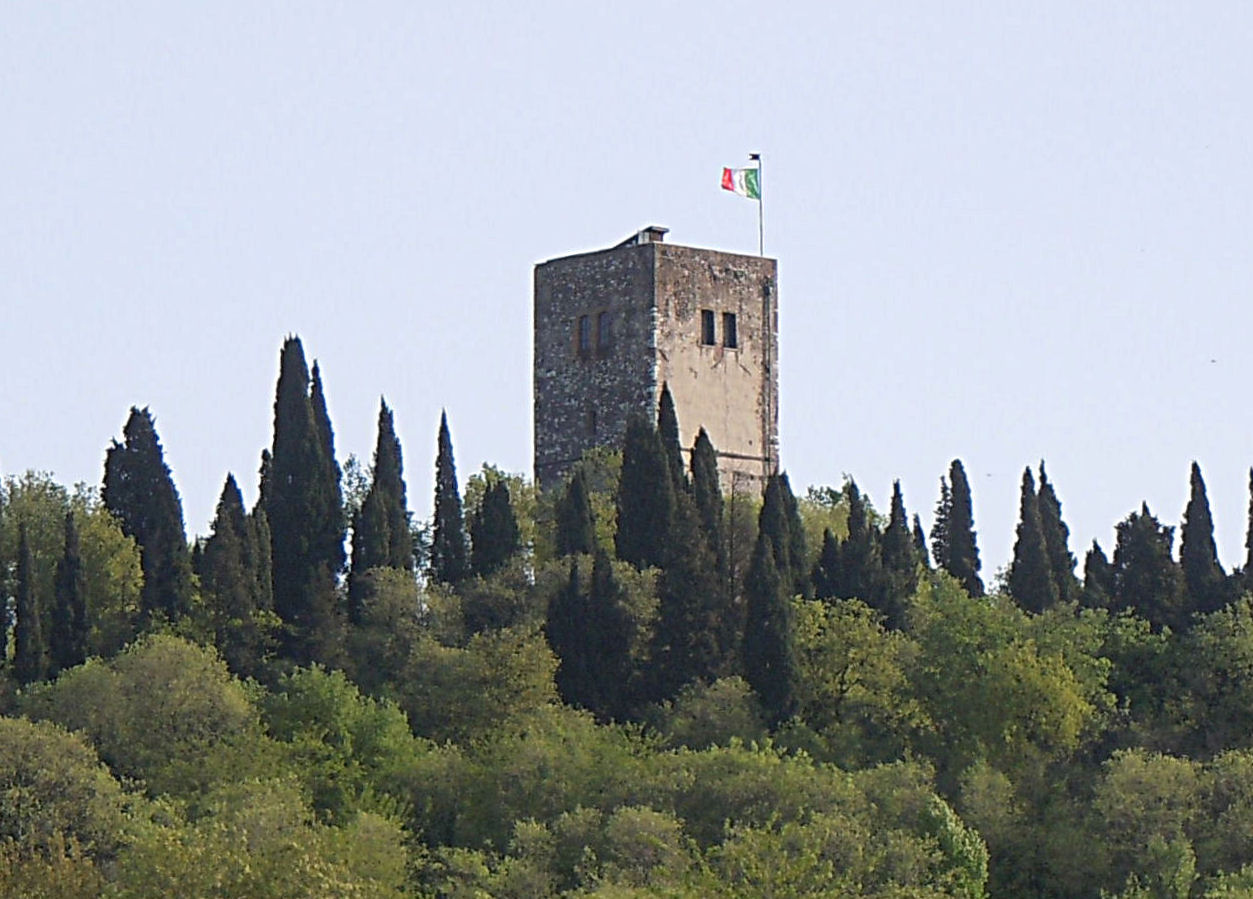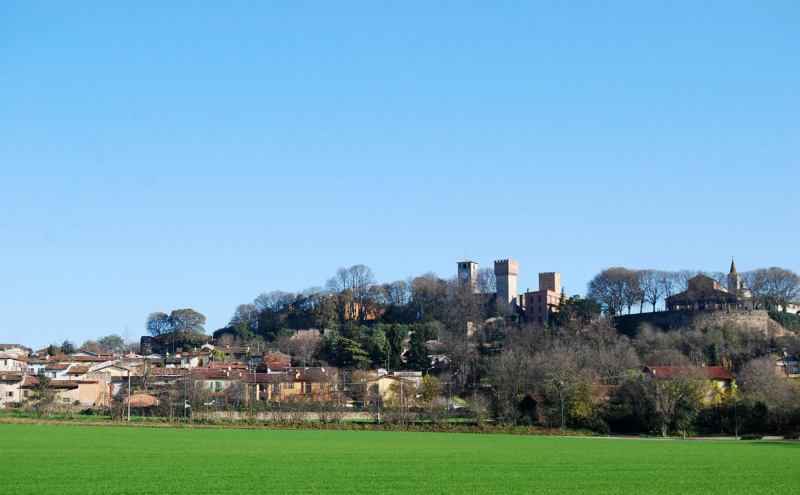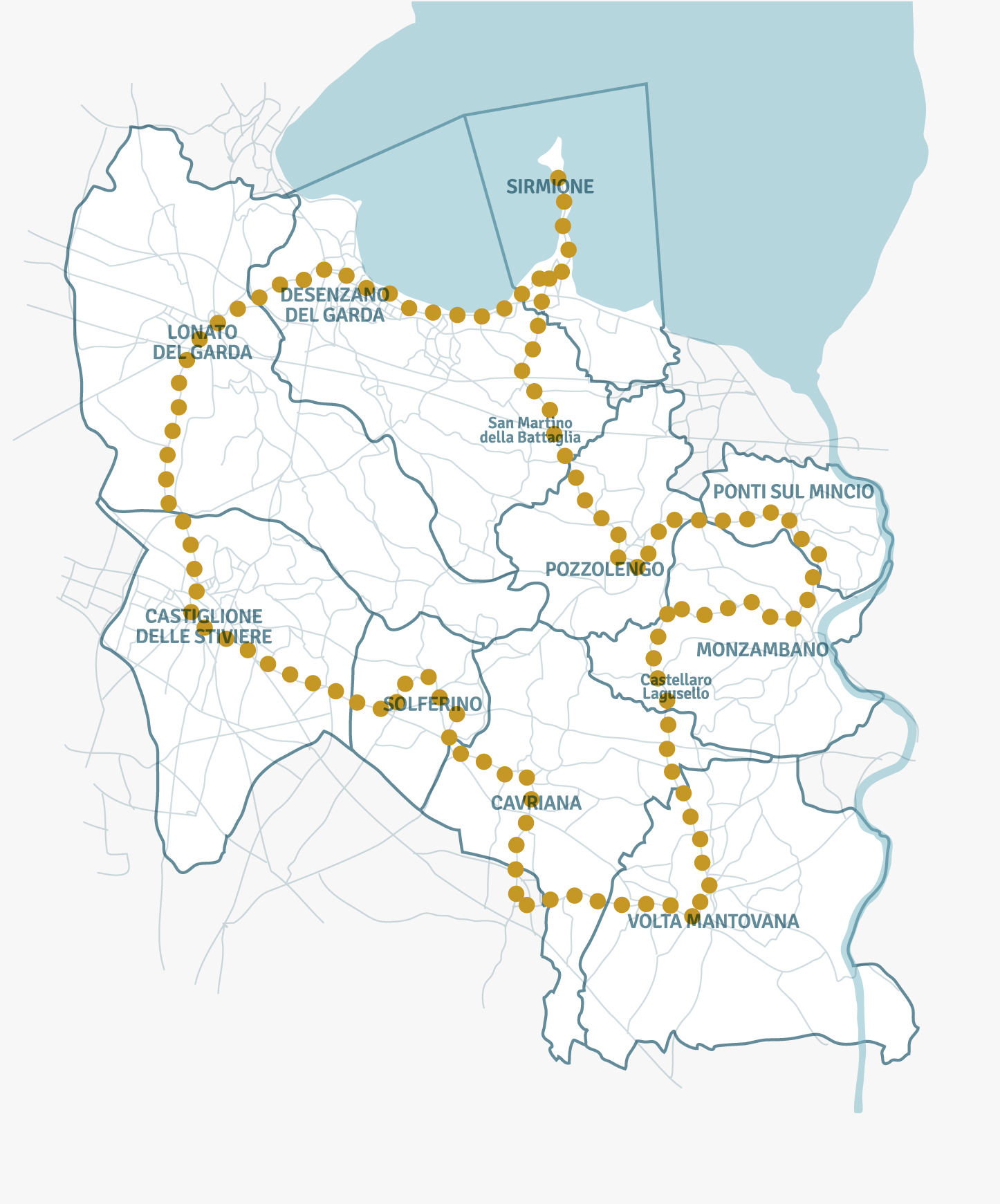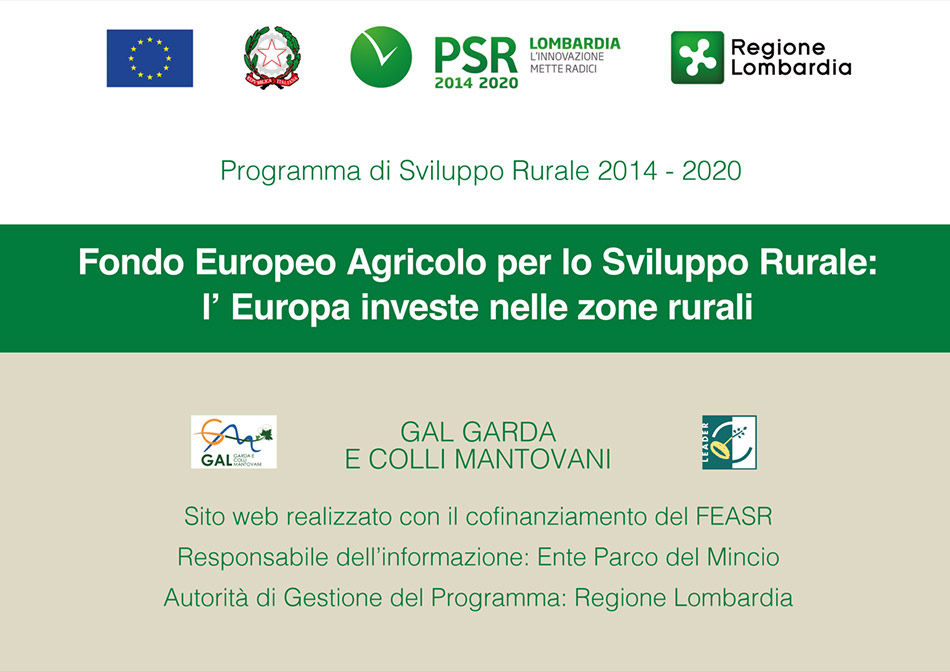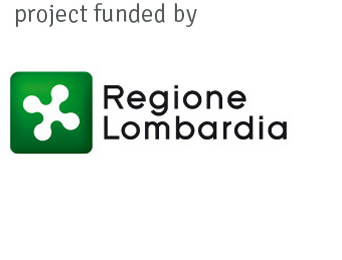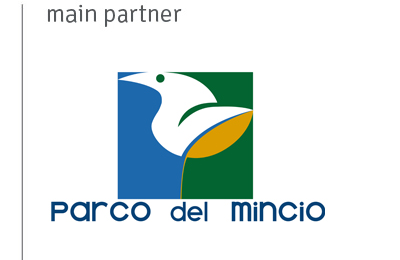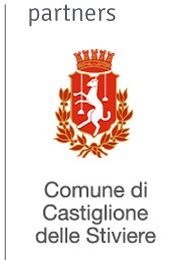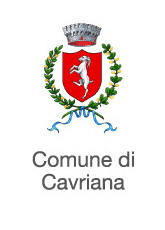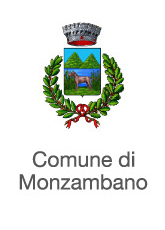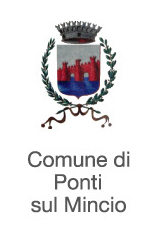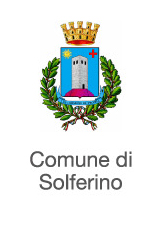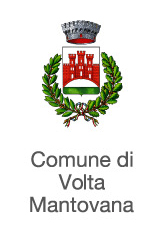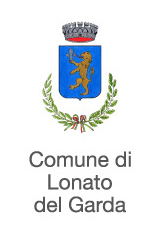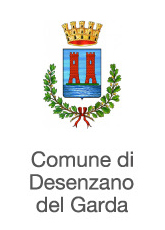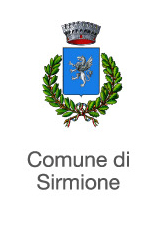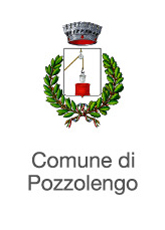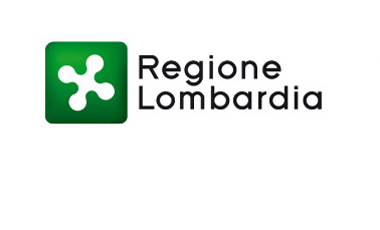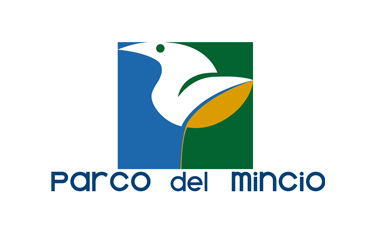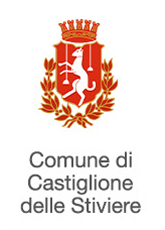![]()
1.1
the villages
the monumental route. Discovering the urban forms that characterize the villages of the Ecomuseum of Peace
The territory is characterized by the presence of ten territorial realities that present different forms and contents and at the same time united by a thread of history that has woven stories in this area of the Po Valley that have marked the life path of an entire nation.
Our route starts from Castiglione delle Stiviere, between the Basilica of San Luigi and the International Red Cross Museum, both signs of the destiny of this territory. From here we continue towards Lonato del Garda, with the thousand-year history of the area represented by the UNESCO sites. We then move towards the lake, to Desenzano del Garda and Sirmione, to discover significant natural environments and where the Parco de Mincio begins. The journey continues towards the hinterland of the morainic hills, passing through Pozzolengo with the Abbey of San Vigilio and Ponti sul Mincio, with the first evidence of the battle sites.
You then enter the heart of the hills, suspended in the sweetness of the landscape, fascinated by the treasure chest of Castellaro Lagusello di Monzambano and the grandeur of Palazzo Gonzaga in Volta Mantovana. We approach, to gather in a moment of intimate reflection, the Church of S. Maria della Pieve in Cavriana, and then reach towards the end of our journey taking the road to Solferino, thus ideally completing our journey with the places of remembrance of the Risorgimento battles, between the Spy of Italy and the Ossuary.
The history of this territory of ours is not just this glimpse of more recent experience. It is a millennia-long story which, here more than anywhere else, has left profound evidence, shaping the landscape that we experience today with slowness and pleasure.
The morainic amphitheater of Garda extends into the provinces of Mantua, Brescia and Verona and the glacial deposits that constitute it are attributable above all to the last Quaternary glacial advance, called Würm, which occurred in the last phase of the Upper Pleistocene and ended around 10,000 years ago. In moraine landscapes, hilly forms prevail, but there are numerous forms connected to other morphogenetic processes such as the plains that separate adjacent moraine circles and lake basins. The morainic hills of Garda are therefore characterized by extremely variable landscapes, in which all the morphological environments typical of the moraine area are represented, such as the most raised areas of the moraine cords, the sunken areas of the intra-morainic valleys, the incisions dug by the erosive action of the glacial torrents and the terraced surfaces of the Mincio river.

